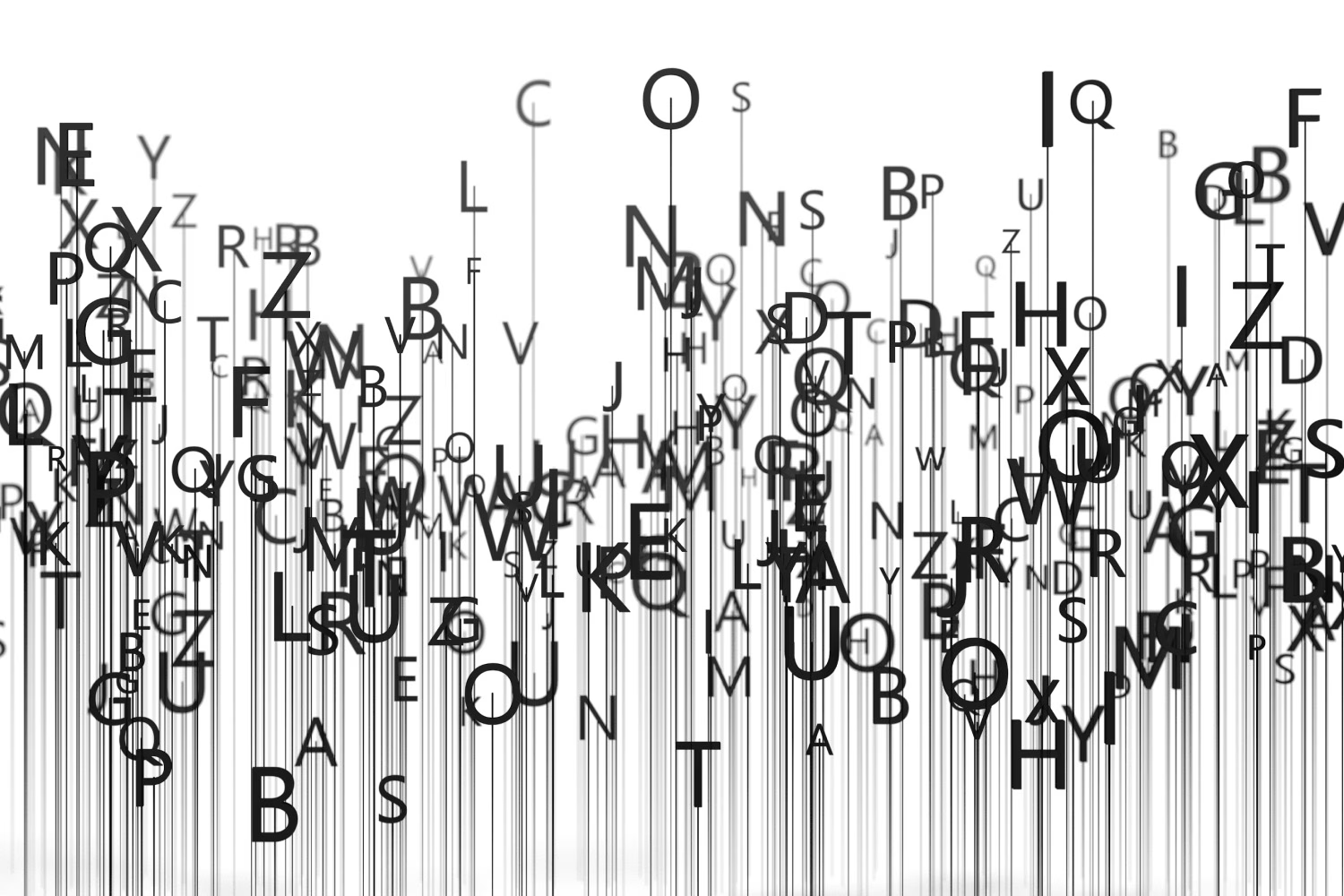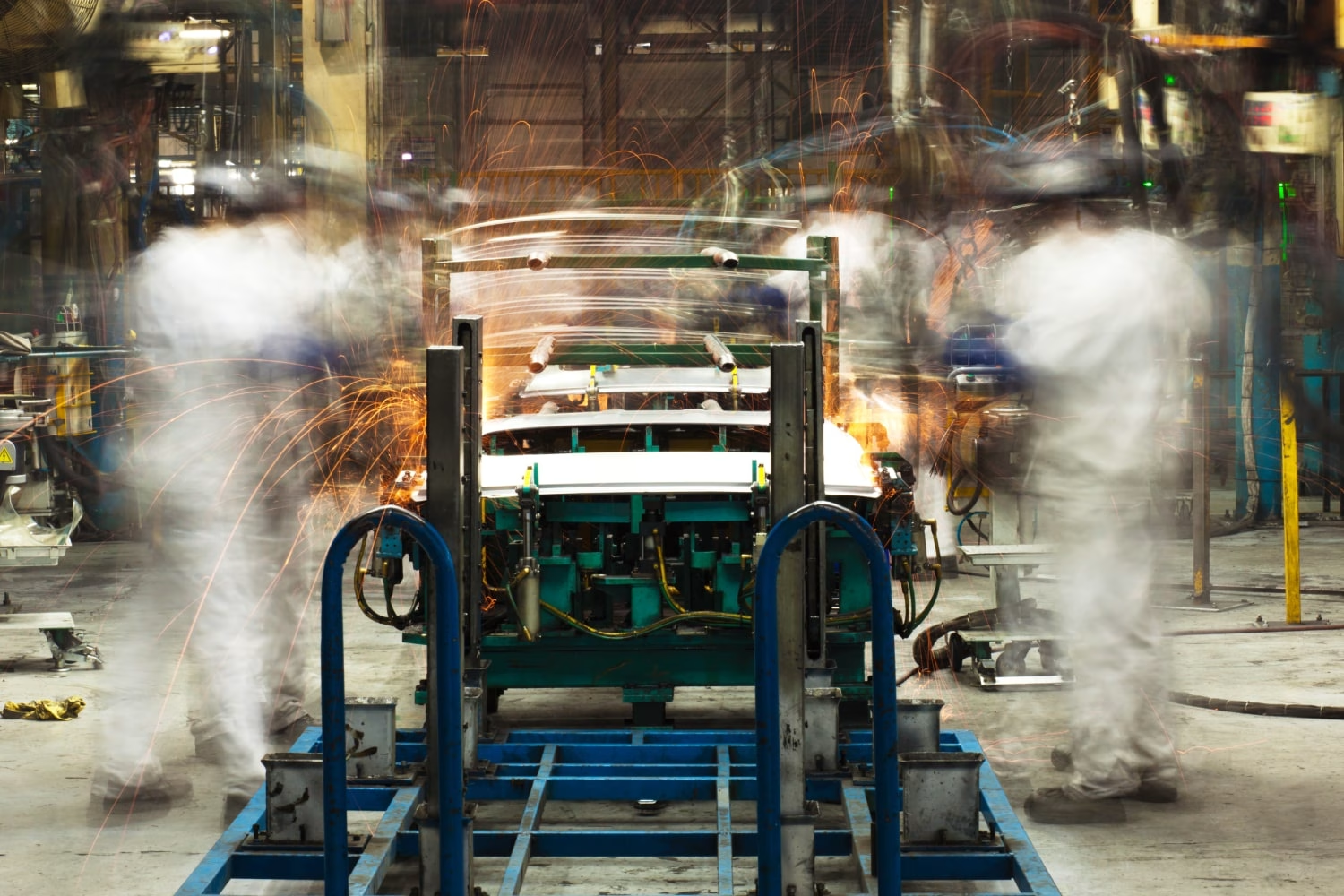Why Reading Poetry Makes You Better at Reading Data

Share this story
Being able to infer meaning from a close examination of sparse information is a prized skill.
If the headline to this post is a surprise, hear me out. Consider that this idea is coming from someone who regularly invites colleagues to her desk for “math parties” and thinks of Excel hack blogs as light reading.
But I am a firm believer that analysts, especially at marketing agencies, should read poetry. There is something so poetic (forgive me) about being able to infer meaning from a close examination of sparse information.
So much of what I read these days about data and analytics is all about big data and how brands know consumers better than they know themselves. That’s all well and good if your organization is advanced and savvy and you have unfettered access to lakes of data. But what if your organization isn’t quite as sophisticated? What if you have limited budget, limited access or limited time?
Not every brand or agency can operate at the level of the NSA, Google or Facebook. Most of us have to make the most of the data and resources we do have. Surprisingly, that’s why a little poetic understanding helps.
Reading into the data intent
At its most basic level, the kind of data I’m concerned with is a reflection of the people it describes. It shows human behavior, intent, need, journey, experience, abandonment and loyalty. Data is how analysts understand people, both individually and collectively, at the micro and macro levels. Data builds the picture. If we are able to step back and view it as a whole, we can turn a few colored dots on a confetti map into Georges Seurat’s “Sunday on La Grande Jatte,” and maybe, for those of us who love that sort of thing, even “Sunday in the Park With George.”
Poets use words the way analysts use data: to describe the world around them. But, of course, the poetic version of description is not always literal or simple, as it might be in prose. We don’t always get the full idea on a first reading of a poem. We read, we re-read, we analyze. Every word in a poem can have a multitude of meanings and layers of intent. Each word or data point can help us derive a distinct insight from the object we are examining.
In our work, we use these overlapping layers to form a deeper understanding of our audiences. For example, we ask ourselves why certain interests interact and overlap within our content. We look for loyal users and those who are disconnected. And then we build a universe out from those single grains: anything from personas to targeting to lead scoring models for the world of B2B.
Every word in a poem can have a multitude of meanings and layers of intent. Each word or data point can help us derive a distinct insight from the object we are examining.
Negative space and emotional resonance
Poetry also teaches us to analyze the space between words. This negative space, to borrow a concept from visual art, can teach us as much about what the poem is saying as the words on the page. How does the poem breathe? What is the speaker not saying?
Applying this method of thinking to data, analysts can sidestep the common trap of focusing too intently on the literal details in front of them and ask themselves what’s missing. Who is not engaging with the content as intended? Where are the pauses, the deep breaths, the gaps in our data set? What moments did we expect to capture that are missing? After troubleshooting that nothing is broken (of course), what inferences and insights can we extract from this white space?
Poetry also helps analysts shift perspective away from the numbers we chew on all day and helps us think analytically about language. Our peers are writers, creative thinkers, word people, image people, big-picture people. Words matter in our world. To determine if those words are working, we need to apply our poetry lens to our analysis too, since we will never be able to clearly divide an article by the number of feelings it provokes in the reader to divine any kind of useful ratio.
I’m not asking that you go down to a smoky poetry slam in the West Village or follow some poster on the train to a storefront open mic night if that’s not your scene. Libraries are wonderful and much less intimidating.
So’s the internet. The Poetry Foundation, based in Chicago, has a fantastic website full of resources, but even if you just bookmark its Poem of the Day page and read one thing over your morning coffee, it’s a place to start. (You’ll subscribe to its print magazine in no time.)
Poetry teaches us to take the time to slow down, breathe and make genuine observations. It helps us numbers folk to understand the human side of the data. It allows us the freedom to make logical assumptions to bridge gaps in data and forge connections. Users aren’t just new or returning—they are people with real interests and needs who are looking to learn something. Applying this lens helps us see the individuals who make up the patterns in our data sets. It enables us to approach reporting with a sense of whimsy and bravery and look for insights in unexpected places and behavioral intersections.
In the end, adding poetry to your work will help you build deeper insights, support flexibility within logical reasoning and craft more elegant, well-written reports.



